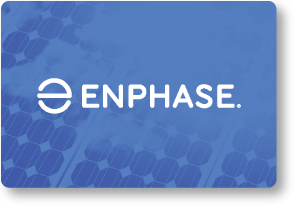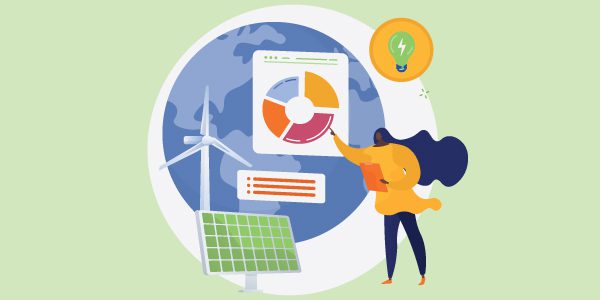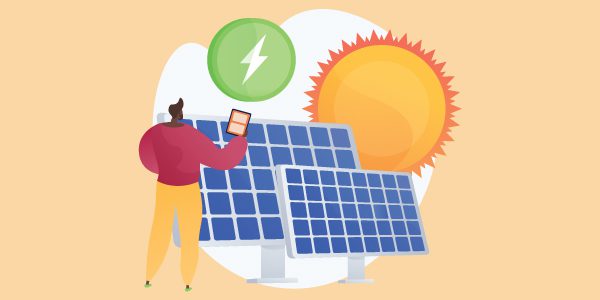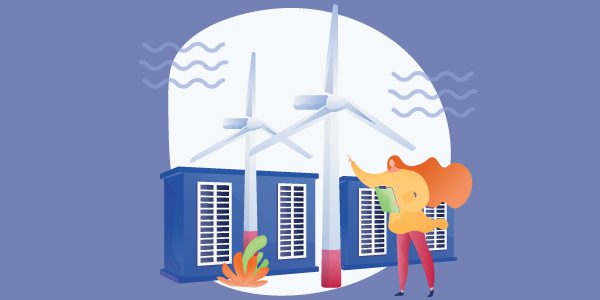If I asked you or someone on the street to name a renewable energy source, most likely you and they would say, solar power or wind power.
Despite being one of the oldest and largest sources of renewable energy, hydropower or hydroelectricity is one that is usually forgotten. Even in Australia with the Snowy Hydro project in Jindabyne, NSW – it would certainly not be the first renewable energy source that comes to an Australian’s mind.
Well what if I told you that water energy is so much more than just hydropower? Yes, in fact there are multiple types of water energy that we are still exploring. Yet, not many people know about them. In this article I look at the water energy that is changing the renewable energy landscape, including the popular hydropower and the less known wave, tidal, osmotic, and ocean thermal power.
Hydropower
Hydropower is one of the oldest forms of renewable energy. Unlike wave, tidal and osmotic power, it’s not an intermittent source. The energy is harnessed in hydropower plants, there are four different types; pumped storage, storage, offshore, and run-of-river. Pumped storage is considered the most economically viable option from a large-scale storage standpoint. Hydropower is the most popular form of water energy and accounts for nearly 60% of the world’s renewable energy generation. Costs wise, hydropower correct as of 2018, is the lowest-cost of renewable energy, at US$0.05/kWh.
Hydropower Difficulties
Hydropower plants are costly to build. Although they have an average lifespan of 50 to 100 years, the costs can be prohibitive for governments to allocate money for them. The plants also take up large amounts of space and their environmental impact is also questioned. Additionally, the fact that it is not an intermittent source makes it at the mercy of favourable weather. In times of drought, which can affect some areas months at a time, it’s not viable. These periods result in dramatic price increases. On top of this, hydropower requires large storage capacities to keep it running in difficult times.
Wave Power
Wave power captures energy from wind waves. The kinetic energy from the rise and fall of the waves is turned into electricity and can be done with various devices that can be anchored to the seafloor or sit just below the water’s surface. Another way includes a turbine. It should be noted that wave power is not just exclusively harnessed in oceans, but also in lakes. There are three types of ways to harness wave energy, they are; oscillating water columns, oscillating bodies, and overtopping converters.
Wave Power Difficulties
Wave power is in its infancy and has not been researched enough to know its potential. With it being a relatively new source (to be harnessed) it’s quite expensive. In fact in 2017, it was found to be 10x more expensive than other low carbon sources, and is not expected to change in the coming years. The harsh ocean conditions are another hindrance to wave power; in Australia, a 170-tonne water generator was taken down by a huge swell. Wave power is also location specific, unlike other forms of renewable energy you cannot set it up anywhere.
Tidal Power
Tidal power captures energy from tides and currents. While wave power might seem similar, wave power is generated through wind pulling the waves, whereas tide power is caused by the moon and sun’s gravitational pull. Tidal power is a powerful form of energy, more so than wind power. It also can be predicted well in advance. For centuries humans have used tides to help navigate the oceans and build installations for pumping water and water mills. This energy can be cultivated through tidal streams, barrages, and tidal lagoons.
Tidal Power Difficulties
Tidal power uses large turbines that can be harmful to marine life and ecosystems. Also, just like wave power it’s in its infancy, meaning that it’s more expensive than other forms of renewable energy. Tidal power costs $130 to $210 per megawatt hour, compared to $20 per megawatt hour for wind. In the US specifically, there are concerns over underwater land ownership which have hampered the construction of tidal power plants.
Osmotic Power
Osmotic power is made up of energy that is created through the difference of salt concentration between two fluids; seawater and river (fresh) water. It is an ultra-dense energy source, having the highest energy concentration of marine energy sources. Using a naturally-occurring process that happens when river water meets the ocean. The low concentration of salt in fresh water is drawn into the salt water, raising its pressure.
The process produces 2.2 Kj of energy per litre of fresh water. To harness this, power stations place fresh and saltwater next to each other with a permeable membrane between them. The membrane blocks the seawater coming in, but lets the salt in the freshwater to enter the seawater vat thus replicating the process. The sheer amount of pressure produced then has the strength to move a turbine, creating electricity. It is estimated that through a large osmotic power station, 30,000 homes can be powered.
Osmotic Power Difficulties
It is a relatively new power source and consequently, is expensive to set up . Additionally, the membrane still needs work to make it cost-effective and viable. There is also a potential threat to marine life. The waste produced from this process is brackish water; marine animals require different salinity levels to survive, they can be fresh, brackish or saltwater. Therefore, if the brackish water is not discharged appropriately, it can cause a disproportionate level of salinity levels in the water. This sudden change can significantly affect the ecosystem, causing an imbalance.
Ocean Thermal Energy
Similar in theory to osmotic power, but based on water temperature over salinity, ocean thermal energy is a continuous form of marine energy. It has been reported by the International Renewable Energy Agency (IRENA) as having the highest potential when compared to other ocean energy sources. Ocean thermal energy is harnessed by the difference in temperature between deep and shallow water. Ocean surface water is naturally heated by the sun, making it significantly warmer than that which lies deeper. In some areas, shallow water can be as warm as 30 degrees celsius, compared to the deep water average of 2 degrees celsius.
The energy is cultivated through a temperature difference of at least 20 degrees celsius. The process involves pipes. The pipes pull warm water which is then used to heat fluid like ammonia that has a low-boiling point. This boiling results in gas which has the power to move the turbines, generating electricity. Cold water comes into play, following this process: where it cools and as such liquifies the gas, making it ready to use again. Therefore, making it a continuous marine energy source.
Ocean Thermal Energy Difficulties
It’s a relatively expensive technology. According to the IRENA, a small-scale project costs US$16,400 and US$35,400 / kW. For large scale installed plants, they reported around US$5,000 to US$15,000/kW. The potential impact on marine life and the technology only being suitable for certain geographical areas (tropical climate, due to the warmer waters), it’s not an option for many nations. The lack of skills and knowledge to build these plants is another concern. While this problem is felt across most renewable energies, say for instance, offshore wind – these technologies are further advanced than ocean thermal plants and therefore have higher demand.
Is Water Energy The Future?
While hydropower is still chugging along and a dominant force in the renewable energy sphere, it’s slowly disappearing. Its upfront costs, environmental implications, and its intermittent status has it placed on the chopping block. However, what about the non-intermittent sources like wave, tidal, and osmotic? Currently, they are all still in a nascent state and are consequently, unsustainable, unpredictable, and inefficient. But, their power cannot be ignored.
Water energy could be the future; whether it will be in our lifetime? The jury’s still out. It needs more research and development, and requires governments that can see and support its potential. For now, though, countries are happy with solar and wind power, it’s easier to set up, and is not restricted to certain geographical areas.
Water energy, or more specifically, ocean energy is a relatively new group of energy sources. It’s quite exciting and has potential. However, being so new it faces the problem of high upfront costs, little to no government support, and also just minute interest. Additionally, being an intermittent source, it’s not as reliable as other forms of energy, making it less desirable. But, the power it can harness cannot be denied and should be looked into further.












